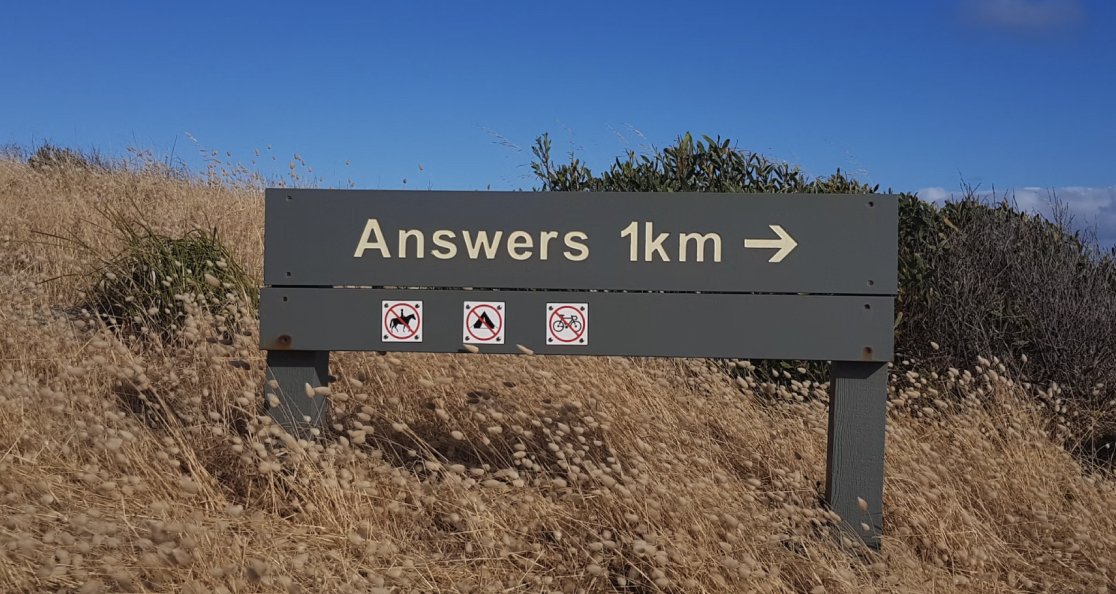If you run a local business, showing up in search results when someone Googles "[your service] near me" can make or break your visibility. Whether you’re a roofer in Oklahoma City, a tattoo studio in Tulsa, or a school offering enrollment in Norman, optimizing for local search is one of the most effective ways to attract nearby customers.
Local SEO (Search Engine Optimization) focuses on increasing your visibility in location-based searches. With the right strategy, your business can appear in the "local pack"—the top three Google Map listings that appear before organic search results. Here's how to improve your local SEO and rank higher in your area.
Optimize Your Google Business Profile
Your Google Business Profile (formerly Google My Business) is the foundation of your local SEO. To rank well:
- Claim and verify your listing.
- Make sure your business name, address, and phone number (NAP) are accurate.
- Select the correct business category.
- Add high-quality images of your location, team, and services.
- Regularly update posts and offers.
- Ask happy customers to leave reviews.
Google uses this data to determine relevance and trust—so keep it fresh and consistent.
Use Location-Based Keywords
Instead of targeting broad terms like "roof repair," add your city or neighborhood to your SEO strategy:
- Include city names in your page titles, meta descriptions, and H1s.
- Write blog posts targeting specific communities (e.g., “Best Roof Repair in Edmond, OK”).
- Create dedicated service area pages for each city or region you serve.
- Add structured data (schema) to tell Google about your business location and services.
Make Sure Your Website is Mobile-Friendly
Local searches often happen on the go. If your website doesn’t work well on a phone, you’ll lose customers and rank lower in mobile search results. A fast-loading, mobile-friendly site is essential.
Build Local Citations and Directory Listings
Google values consistency. Submit your business info to trusted directories like:
- Yelp
- Yellow Pages
- Bing Places
- Local Chamber of Commerce
- Niche-specific directories
Make sure your name, address, and phone number match your website and Google Business Profile exactly.
Get Customer Reviews
Reviews do more than build trust—they influence your local rankings.
- Encourage satisfied customers to leave reviews on Google and other platforms.
- Respond to reviews (good or bad) to show engagement.
- Highlight positive testimonials on your website and social media.
Add Local Content to Your Website
Show Google—and your customers—that you’re part of the community:
- Blog about local events, partnerships, or news.
- Create location-specific case studies.
- Add a photo gallery with images of your work in different cities.
Use Internal Linking and Location Signals
Link between your homepage, service pages, and location pages to help Google crawl and understand your site structure. Use footer addresses and embed Google Maps on your contact page for added location context.
Final Thoughts
Local SEO is one of the highest-impact strategies for small businesses. When your business shows up on the map, you’re more likely to get website traffic, phone calls, and walk-in visits from people who are actively looking for your services nearby.
If you want help implementing a local SEO strategy that works, contact us. We specialize in helping local businesses show up, stand out, and grow in their communities.


